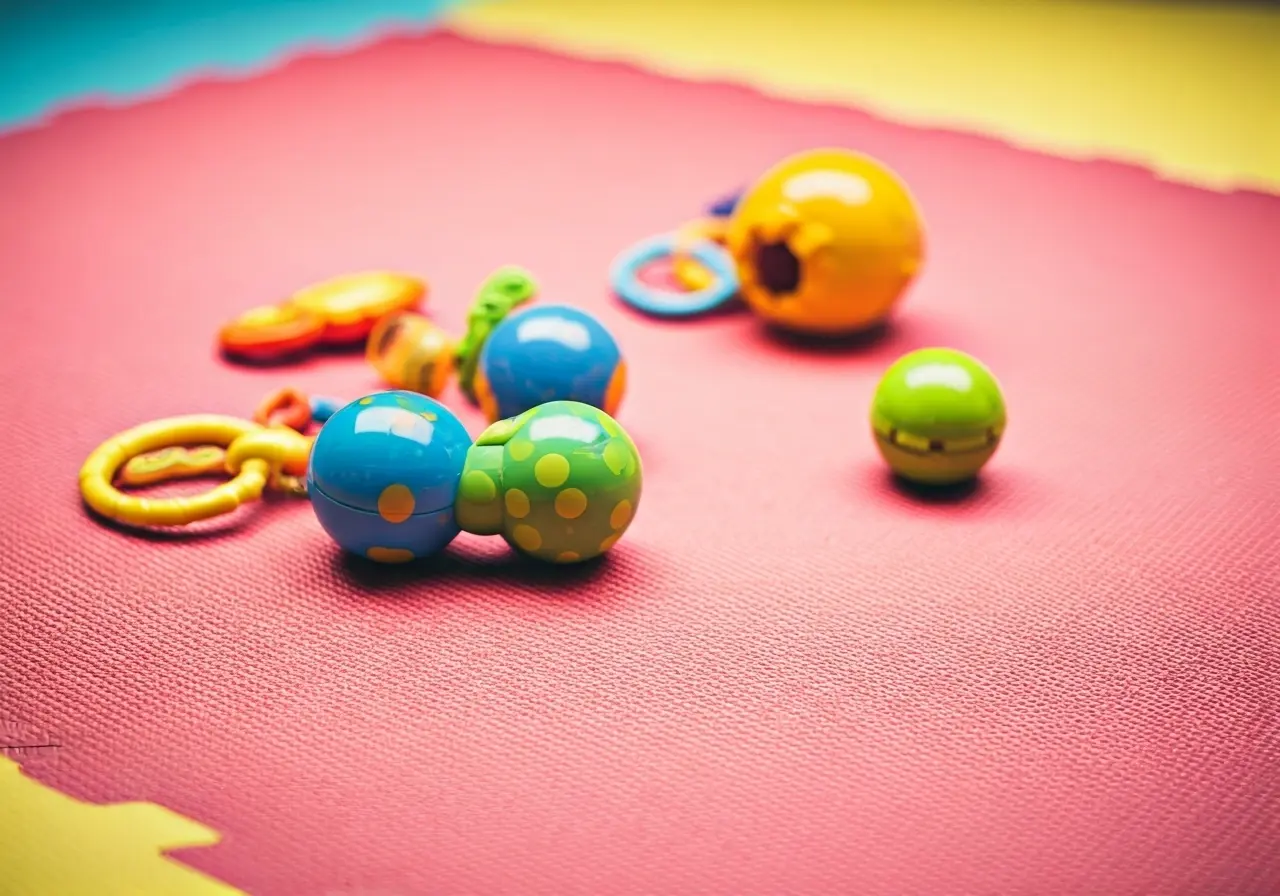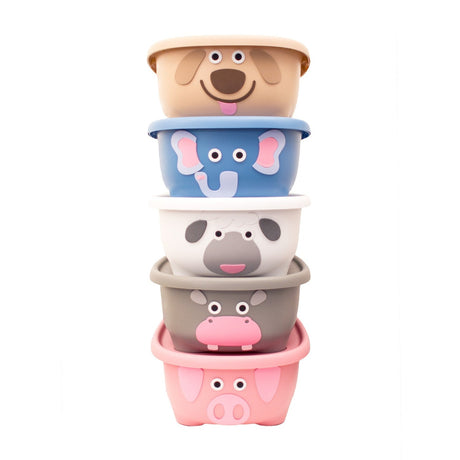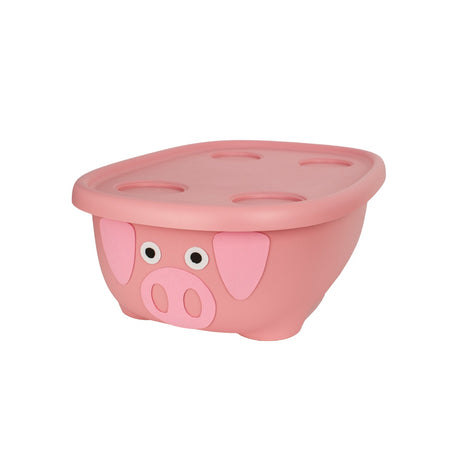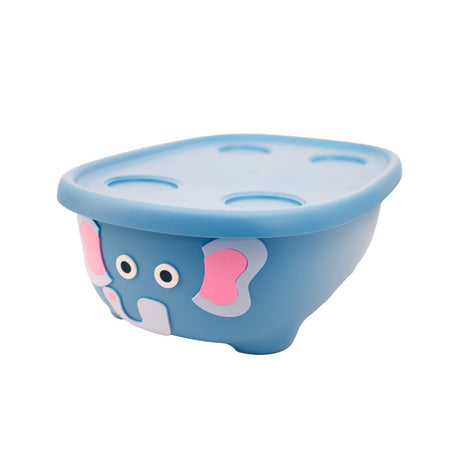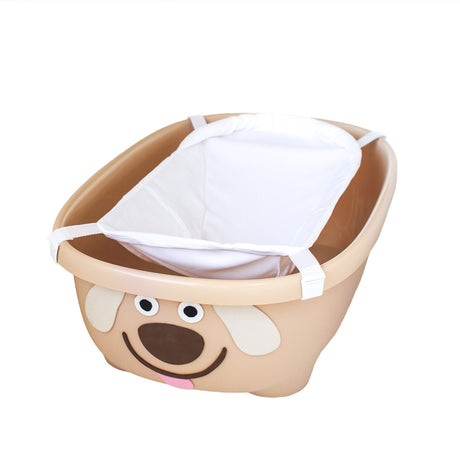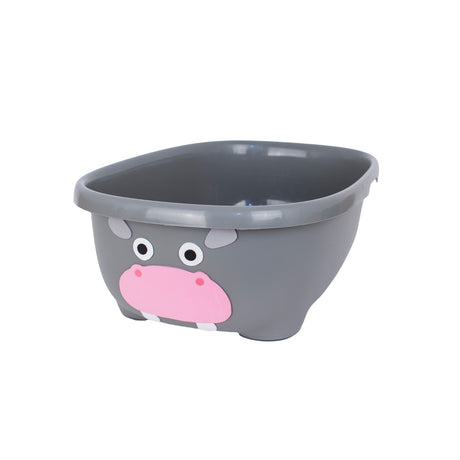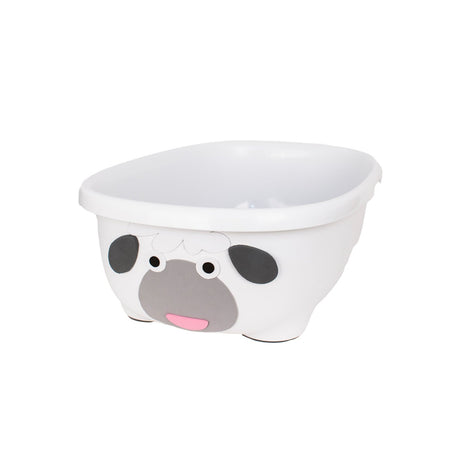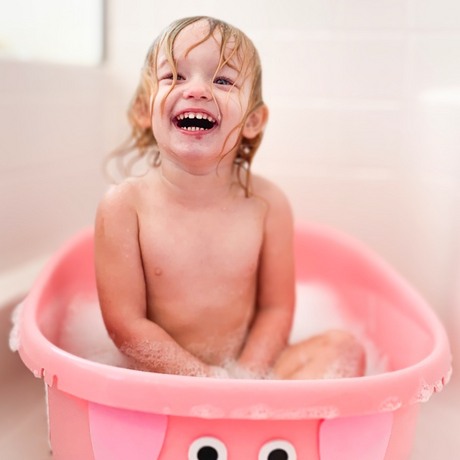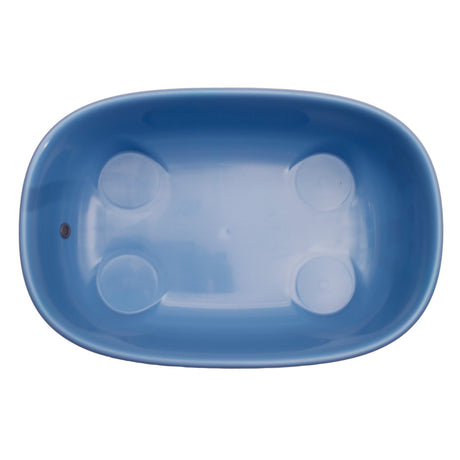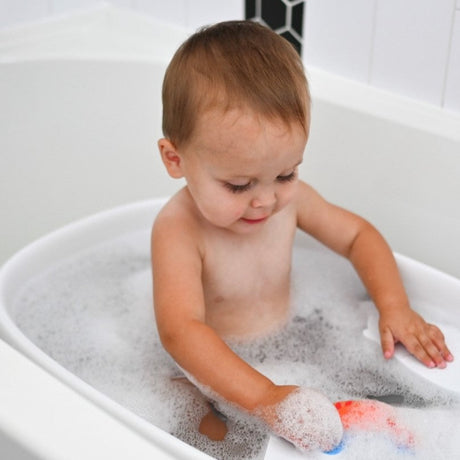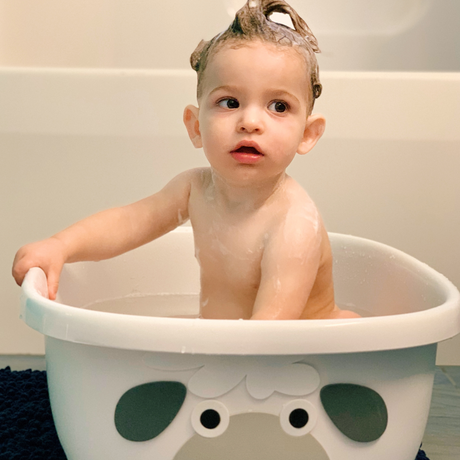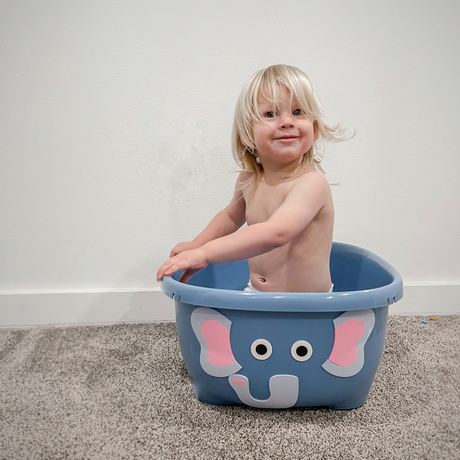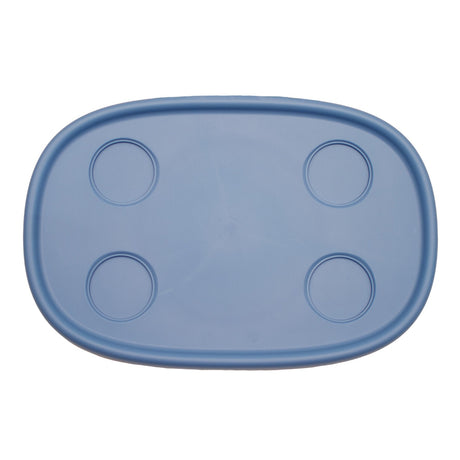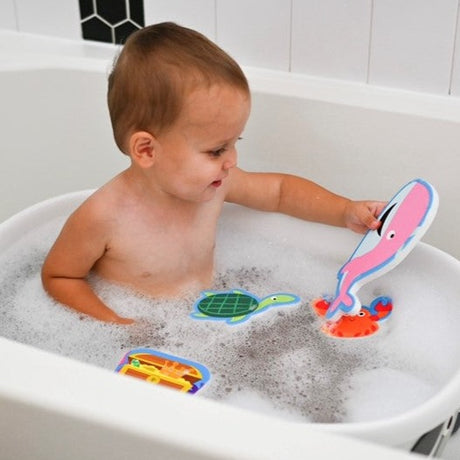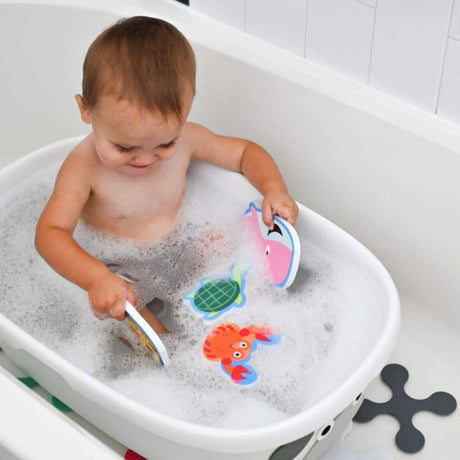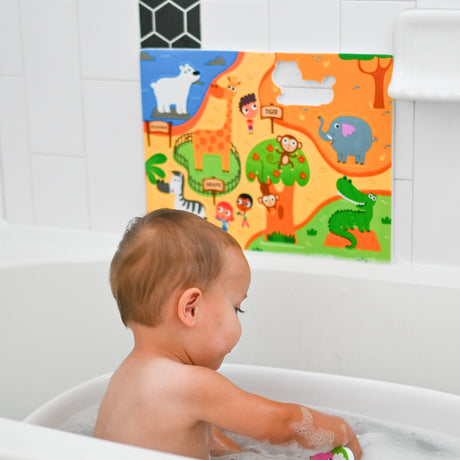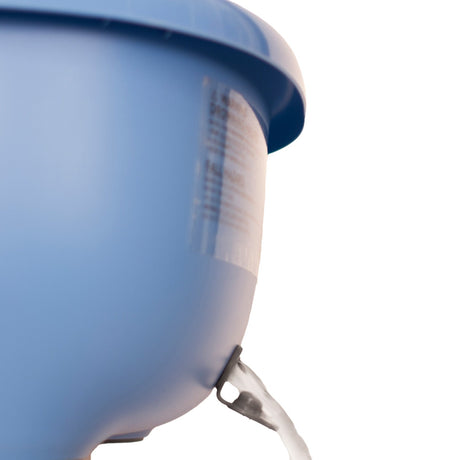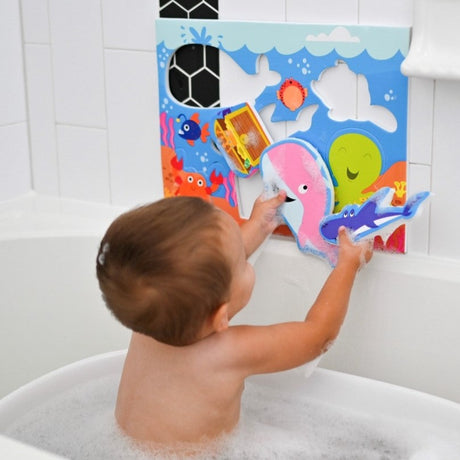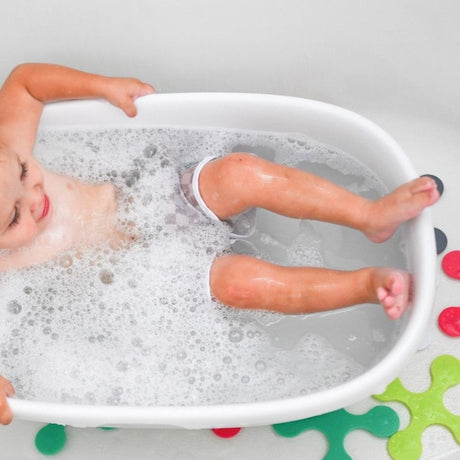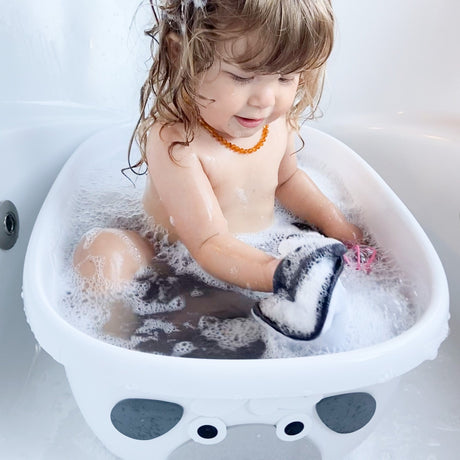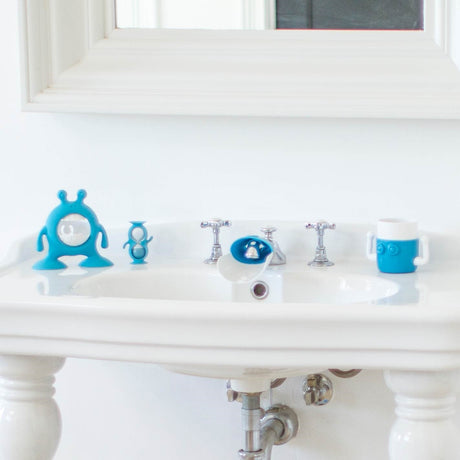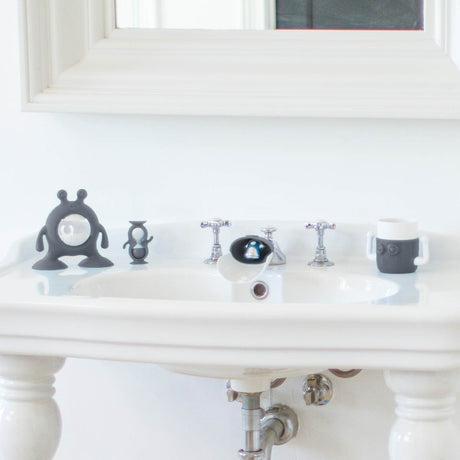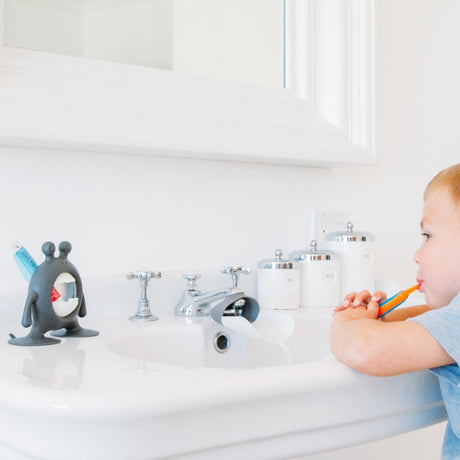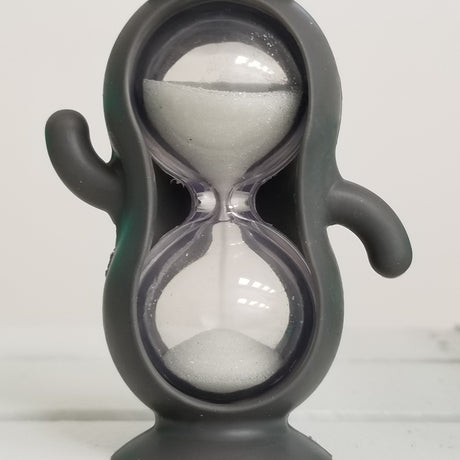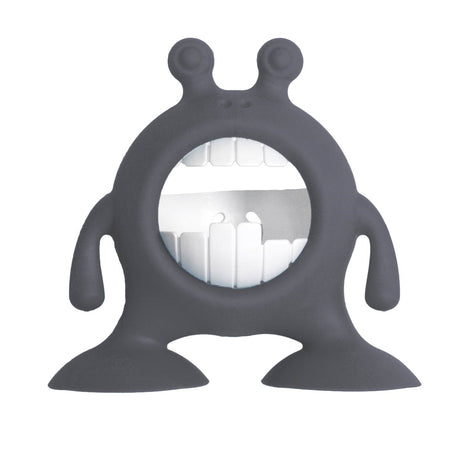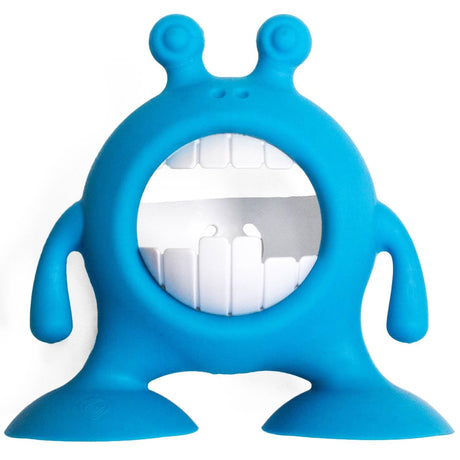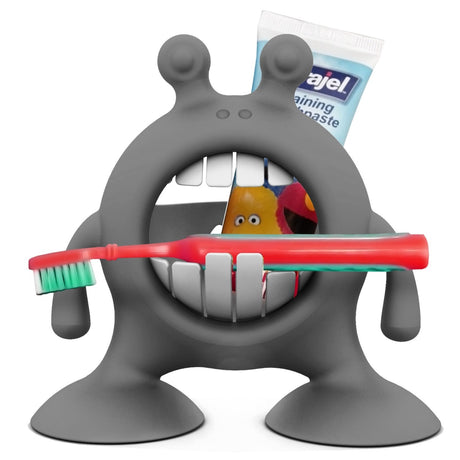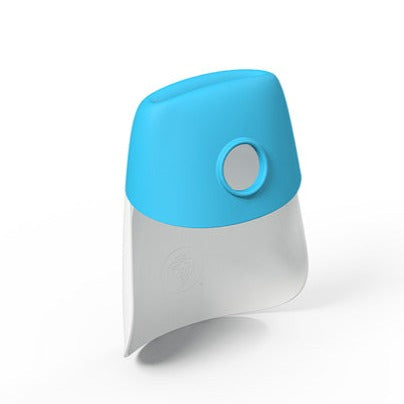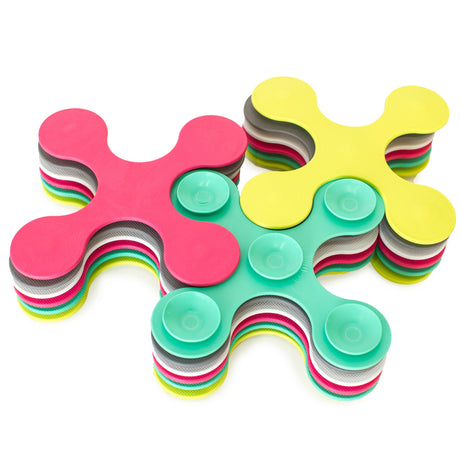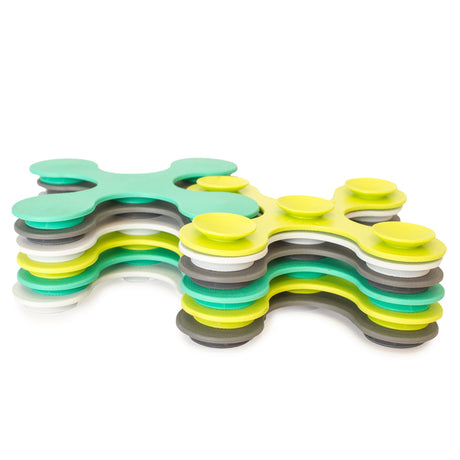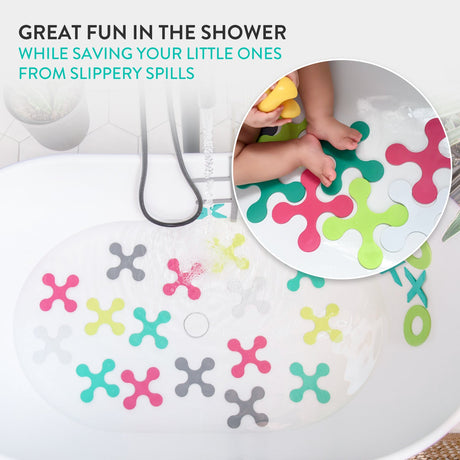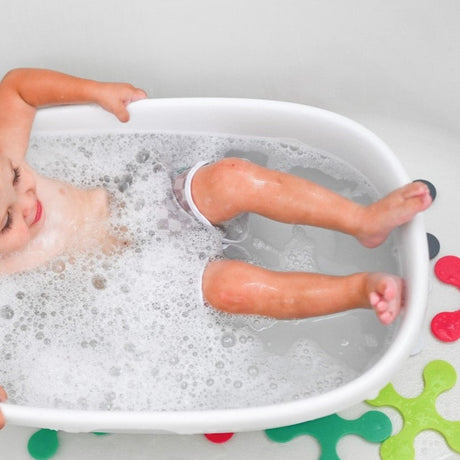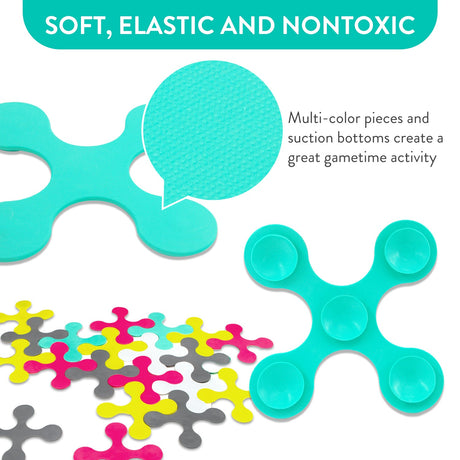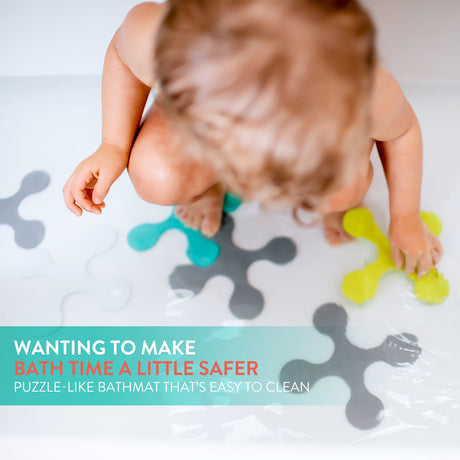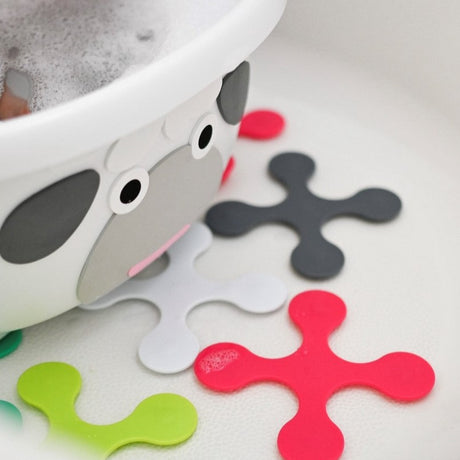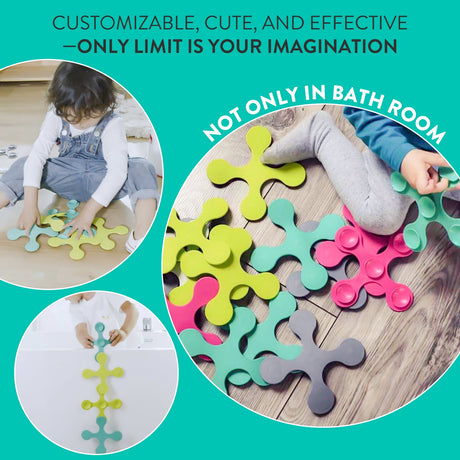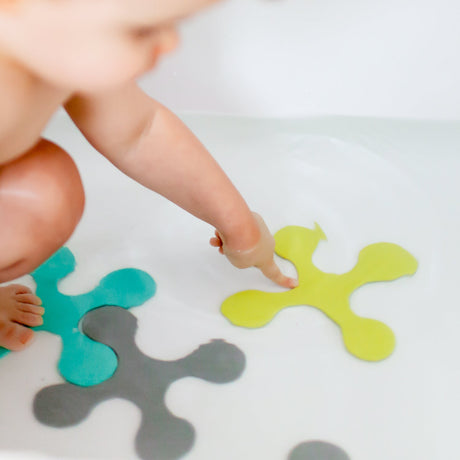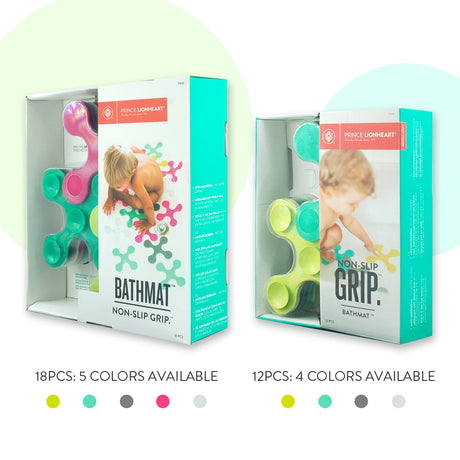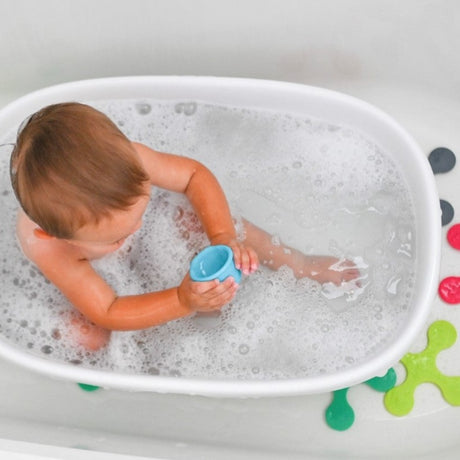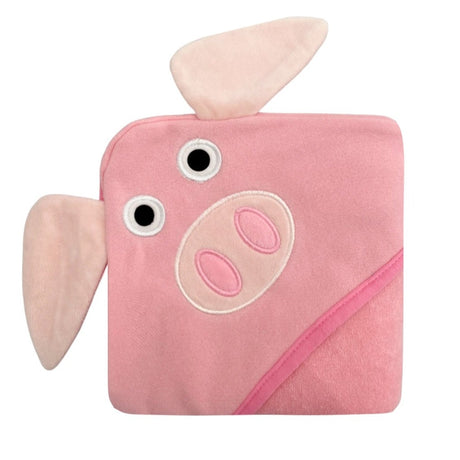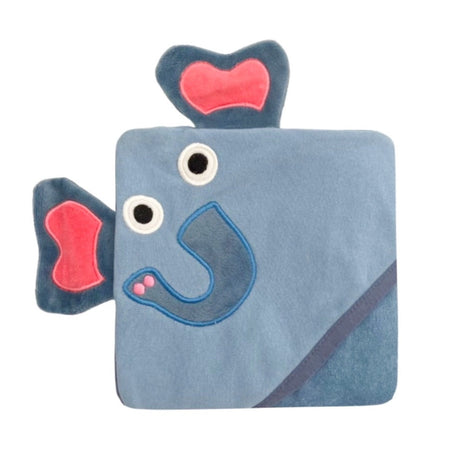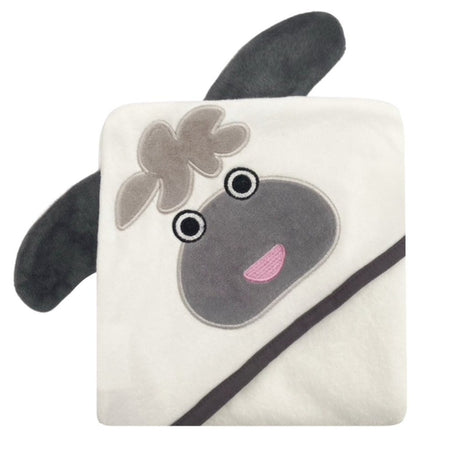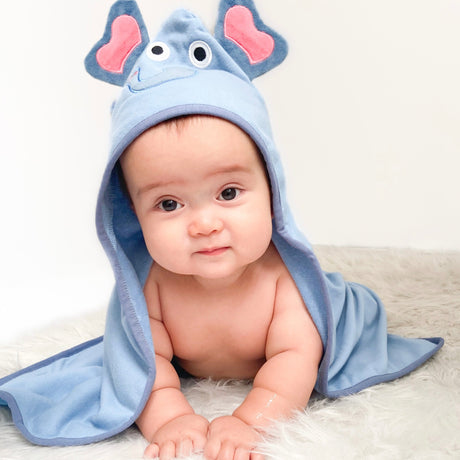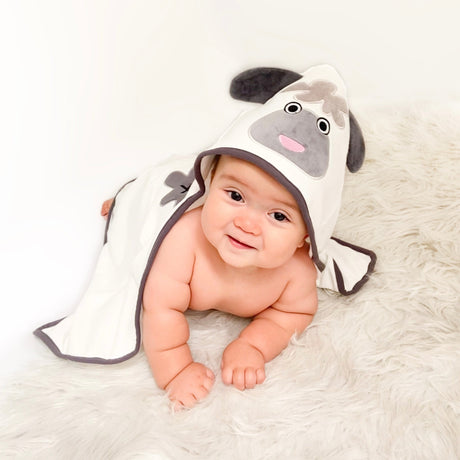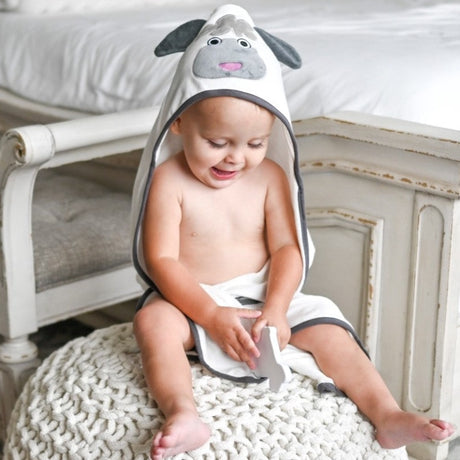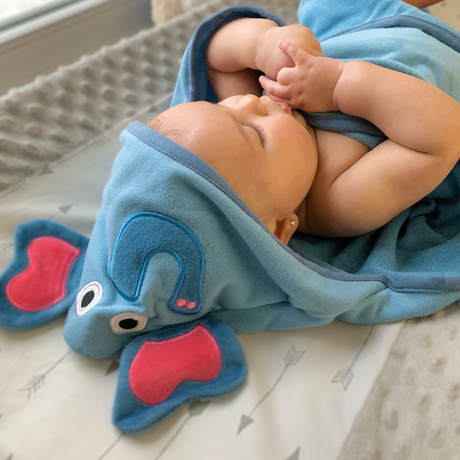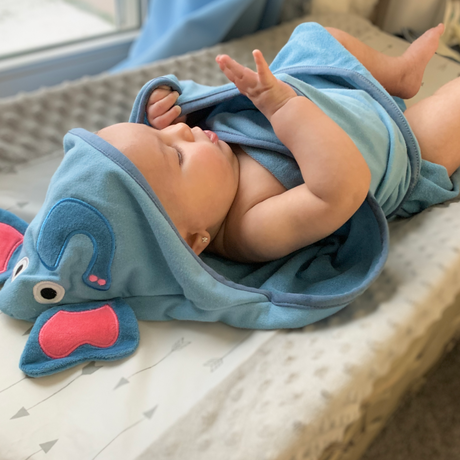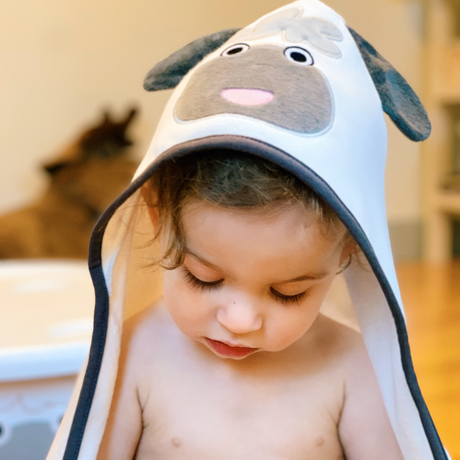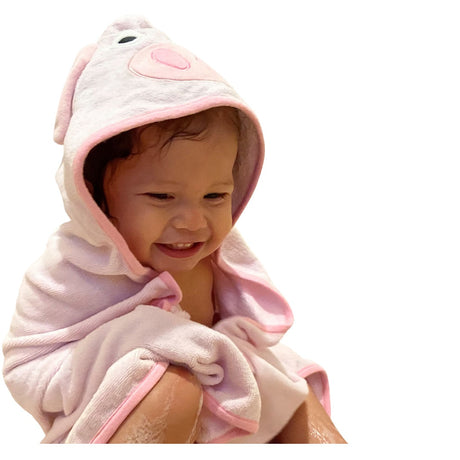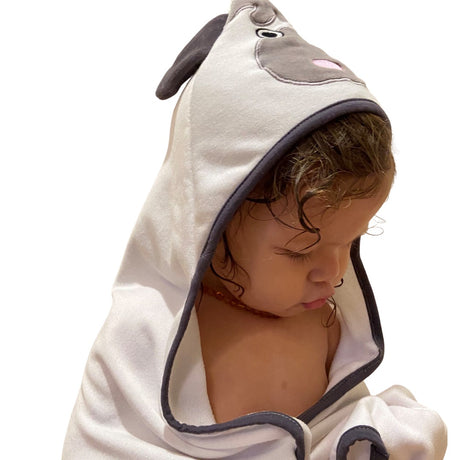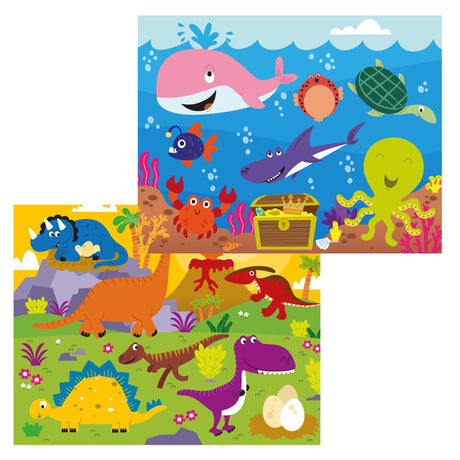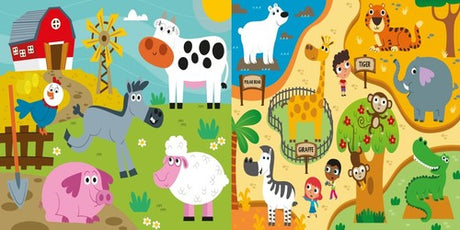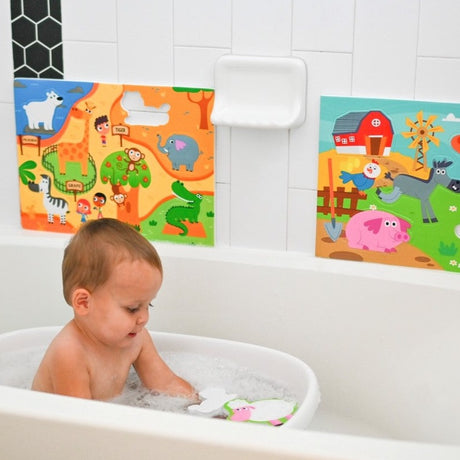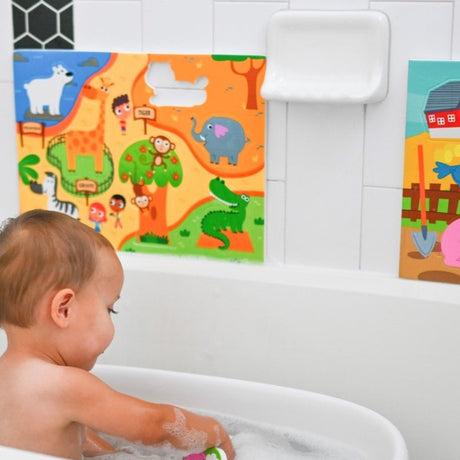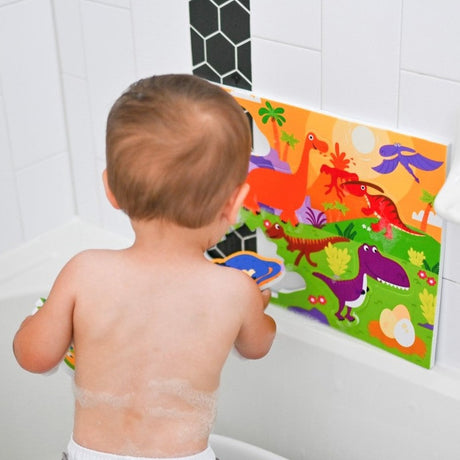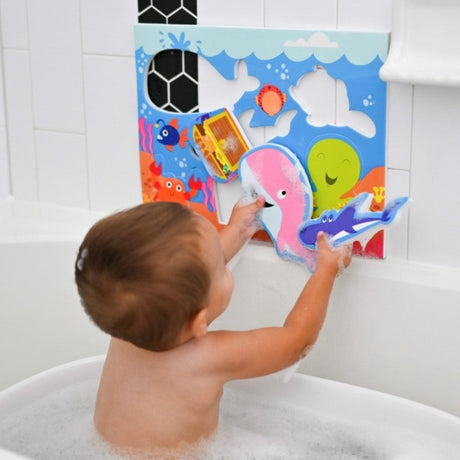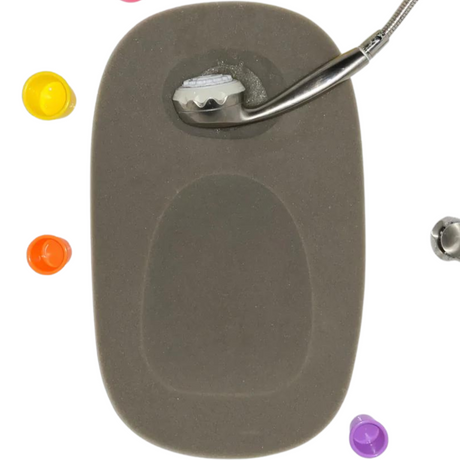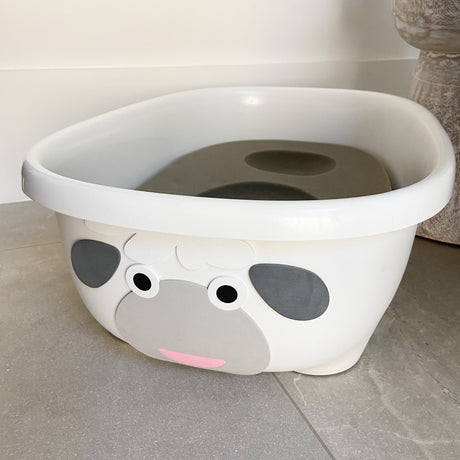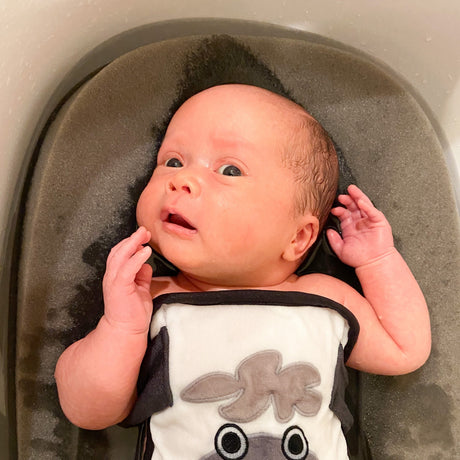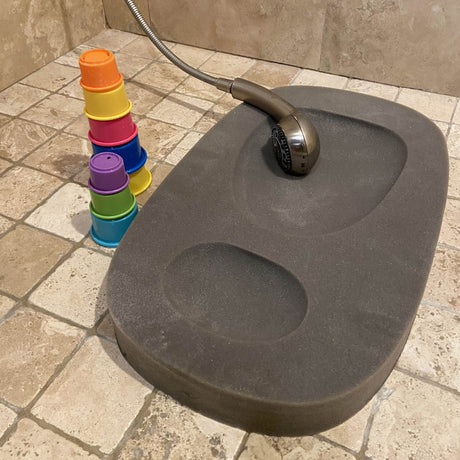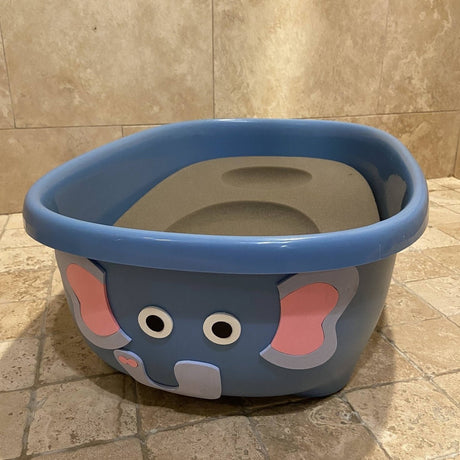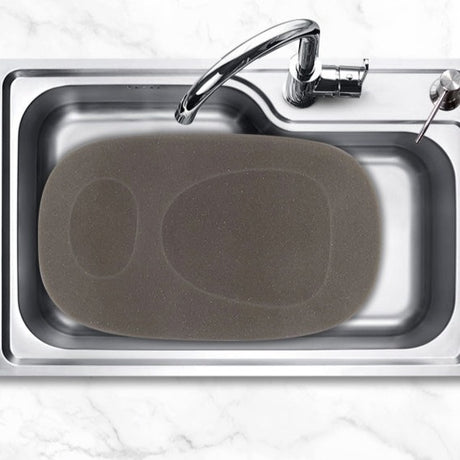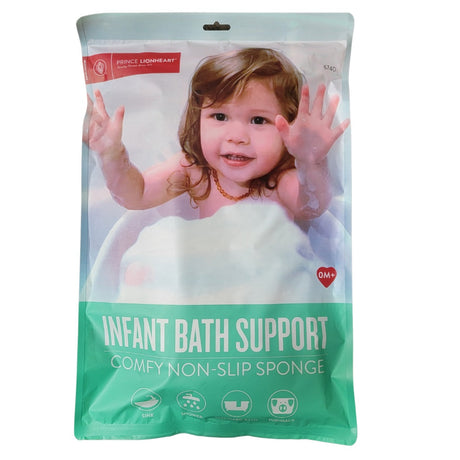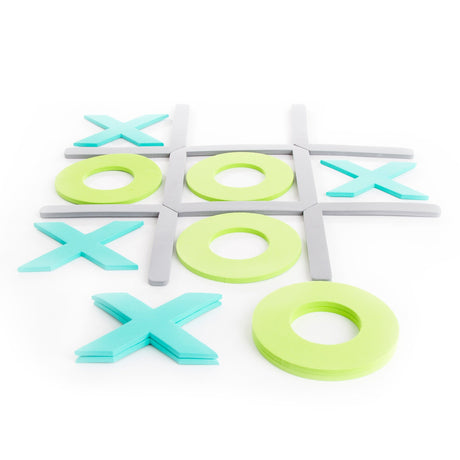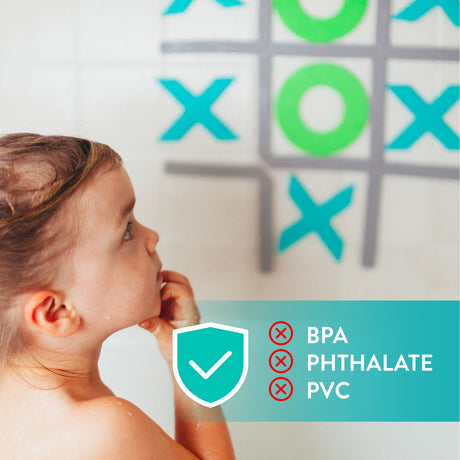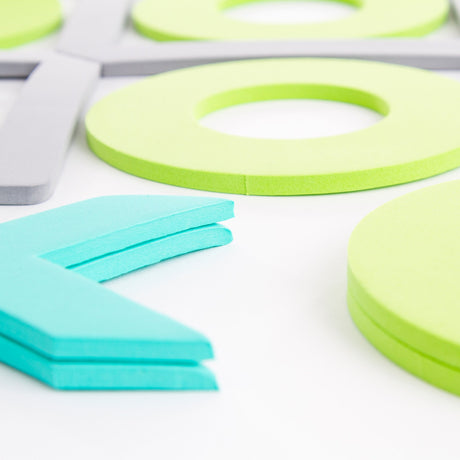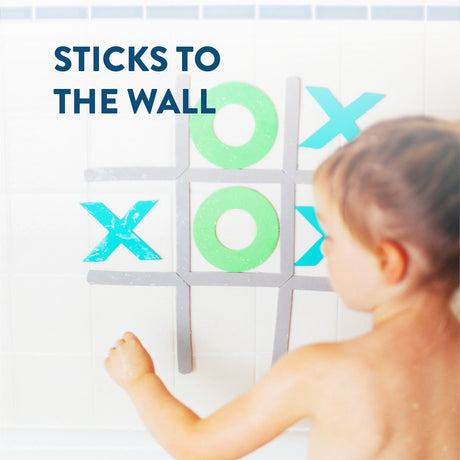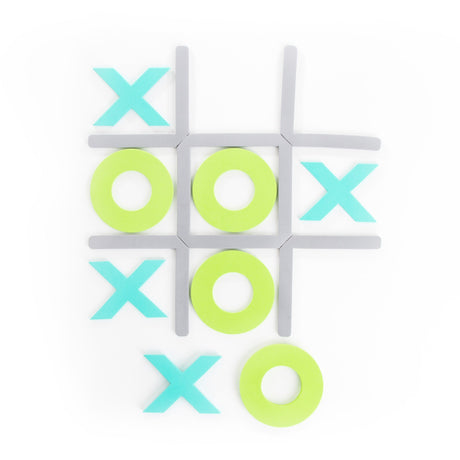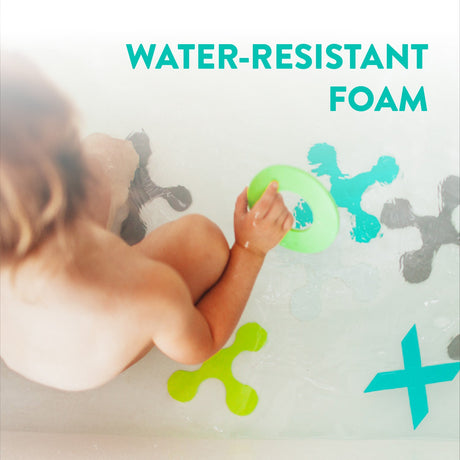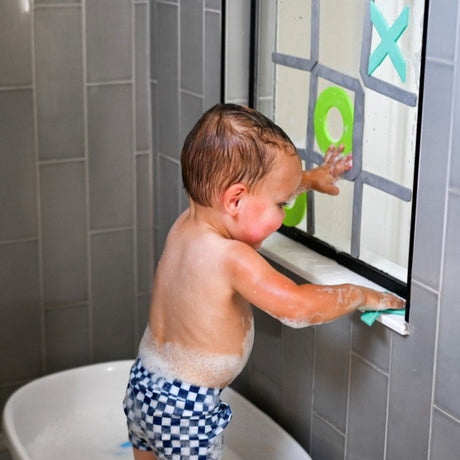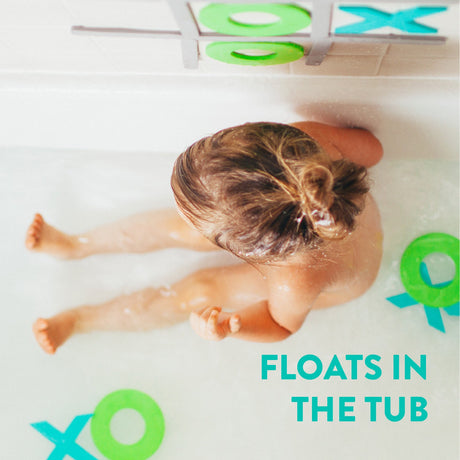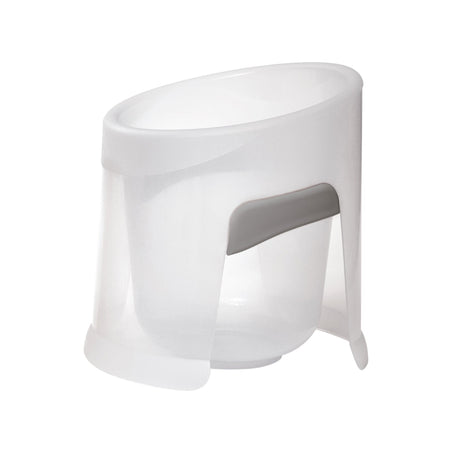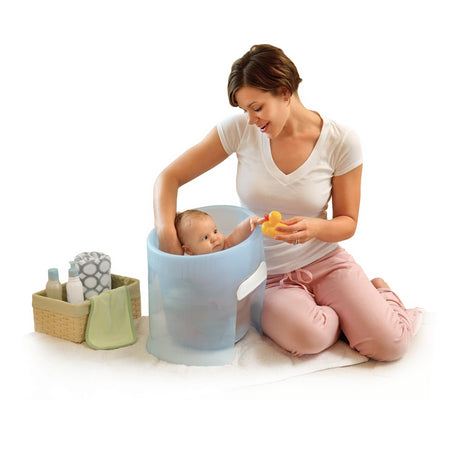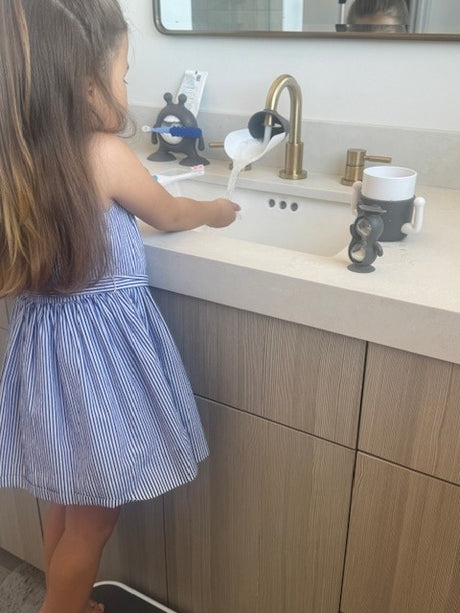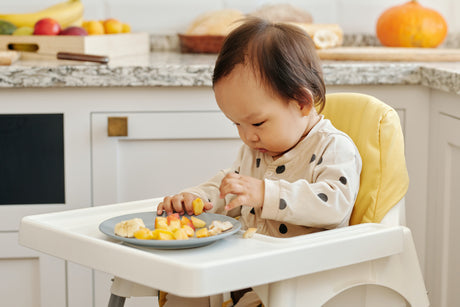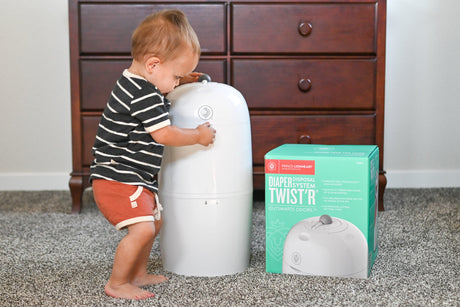Engaging your baby with toys is not just about fun—it’s about fostering development, encouraging curiosity, and creating a bond with your little one. In this blog, we’ll explore how you can use toys in creative ways to engage your baby’s mind and senses.
Understanding Your Baby’s Developmental Needs
Before diving into specific toys, it’s important to understand the different stages of your baby’s development. This knowledge will help you choose toys that are suitable for their age and developmental stage, ensuring that play is both safe and beneficial. Infants typically go through several key developmental stages, from sensory exploration in the first few months to increased mobility and curiosity around nine months and beyond. During the early months, babies predominantly use their sensory skills to explore the world. They are fascinated by high contrast colors, sounds, and textures. Choosing toys that cater to these needs can make playtime both enjoyable and educational. As they grow, babies become more interested in how things work, which is when toys that facilitate problem-solving become essential for their development.
As each stage of development unfolds, your baby’s needs evolve, so it’s essential to adapt the toys and activities you provide. This means incorporating a variety of playthings that focus on different skills, such as fine motor control, cognitive skills, and social interaction. By understanding your baby’s developmental timeline, you can introduce toys that not only entertain but also stimulate crucial skills necessary for future learning. This strategic approach to play ensures that your baby’s playtime is not just about having fun but also about growing and learning in a supportive environment.
The Role of Sensory Play in Early Development
Sensory play is crucial in the early stages of a baby’s life. Toys like textured balls, musical instruments, and bright colored blocks can stimulate a baby’s senses and aid cognitive development. Sensory play allows babies to explore and discover different textures, sounds, and sights, which is vital for brain development. For instance, playing with a range of textures like soft fabrics and bumpy surfaces can help develop tactile awareness, while colorful toys can enhance vision and color recognition. Introducing musical instruments like maracas or small drums can enhance auditory skills and even promote a sense of rhythm. Through such interactions, babies learn how to respond to the sensory stimuli in their environment, which helps in shaping neural connections in the brain.
Moreover, sensory play is an excellent way to encourage social interaction. Group sensory play allows babies to observe and learn from each other, enhancing social bonding and communication skills. This type of play fosters an environment where babies feel free to explore their world at their own pace. Ensuring variety in sensory play is crucial because it challenges different sensory skills and keeps engagement levels high. Simple activities like finger painting or water play can offer tactile experiences that are incredibly beneficial in developing motor skills and hand-eye coordination. By incorporating a diverse range of sensory experiences, you are opening up numerous learning avenues for your baby, all of which contribute to their overall development.
Encouraging Curiosity and Problem Solving
Puzzle toys and stackable blocks can encourage your baby to think critically and solve problems. These toys challenge them to figure out how they work, fostering an early love for exploration. Problem-solving activities stimulate intellectual development and boost confidence as babies learn by trial and error, discovering what fits where. For example, shape sorters can be a fun way for babies to engage their problem-solving skills while developing spatial awareness. By repeatedly attempting to fit different shapes into their respective slots, your baby not only learns about shapes and colors but also develops hand-eye coordination.
Beyond the cognitive advantages, toys that promote problem-solving also teach perseverance and patience. When a baby is faced with a challenging toy, the determination to solve the puzzle instills a sense of achievement upon success. These experiences are crucial in building self-esteem and a spirit of resilience. Encouraging your baby to participate in problem-solving activities strengthens their ability to engage with new challenges, setting a positive framework for future learning endeavors. Providing opportunities to solve problems through play enhances their analytical thinking and prepares them for more complex tasks in the future.
Incorporating Imaginative Play
Imaginative play helps with social skills and emotional understanding. By using toys like dolls, plush toys, or play kitchens, you can encourage your baby to explore different scenarios and roles in a fun and engaging way. Imaginative play encourages creative thinking and helps babies make sense of the world around them. Through role-playing, they can express their emotions, experiment with social roles, and learn empathy by imaging how others might feel or act in different situations.
Role-playing with toys becomes a fundamental way that children express themselves and interact with their environment. It provides a safe space for them to ‘act out’ scenarios, process their emotions, and develop social understanding. As they immerse themselves in play, children naturally expand their vocabulary and language skills. For instance, a simple play scenario involving a tea party with dolls not only fosters social interaction but also encourages communication and negotiation skills. As children assign roles and rules to participants in their imaginative play, they learn to interpret and respond to social cues, a skill that will benefit them as they grow older.
Tips for Safe Play
Safety is paramount when it comes to baby toys. Ensure toys are free from small parts, nontoxic, and appropriate for your child’s age. Regularly inspect toys for damage to prevent any potential hazards. Babies tend to explore their environment with their mouths, which means the risk of choking is significant if toys are not properly selected. When purchasing toys, always consider age recommendations and opt for items made with durable, safe materials that will withstand vigorous play.
In addition to considering the physical safety of toys, it’s essential to create a safe play environment. This means ensuring the play area is free from sharp edges or small objects that could pose a hazard. Regularly cleaning and maintaining toys super vital to prevent the buildup of dirt and germs, especially for toys that babies tend to mouth often. By implementing these safe play practices, you create a secure and supportive space where your baby can explore and play to their heart’s content. This not only brings peace of mind for parents but also ensures that playtime remains a fun and safe learning experience for your little one.
Unlocking the Full Potential of Baby Toys
Toys are more than just playthings; they are essential tools in your baby’s development. By using toys creatively, you not only engage your child’s attention but also foster a spirit of exploration and learning that will serve them well as they grow.
